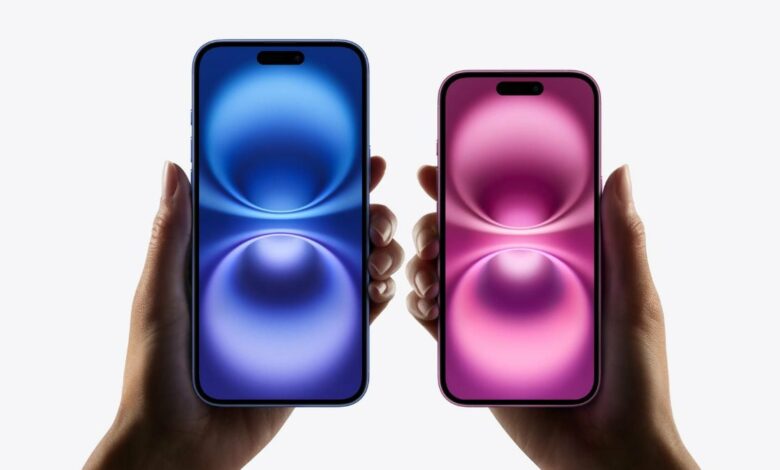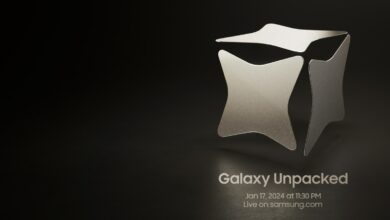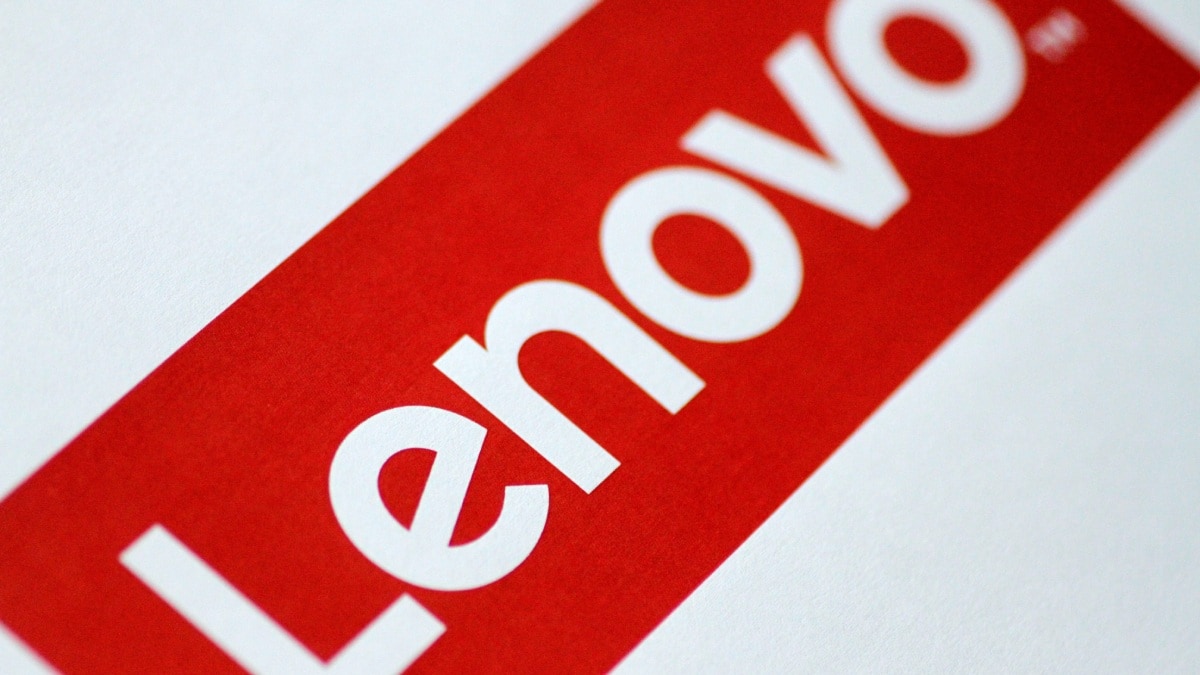iPhone 16 Plus survives JerryRigEverything’s durability test

The iPhone 16 series was launched in September and consists of four models: iPhone 16, iPhone 16 Plus, iPhone 16 Pro and iPhone 16 Pro Max. The Cupertino-based tech giant’s Plus model includes the same features as the base model, but in a larger 6.7-inch form factor. Nearly two months after its debut, YouTube users have tested the durability of the smartphone through various ‘scratch’ tests and it seems that the device has better survivability compared to other devices on the market.
iPhone 16 Plus durability test
YouTuber Zack Nelson, popularly known by his channel name JerryRigEverything, has now tested the new iPhone 16 Plus for its durability in a recent YouTube video video. The smartphone was tested for damage lasting seven years. According to its claims, the Plus model outperforms other smartphones, especially on the Mohs hardness scale.
During the scratch test, the iPhone 16 Plus appears to show very faint level six scratches when scratched with a razor blade. It isn’t until level seven that the deeper groves appear clearly. This is in stark contrast to the Samsung Galaxy S24 Ultra, which even at level six showed very noticeable lines that couldn’t be wiped away. The YouTuber says that Apple’s latest generation Ceramic Shield “still feels very smooth.”
That’s not the case for the rest of the smartphone, however, as the 85 percent recycled aluminum frame gets scratched easily. The side panels, including the power and volume buttons of the iPhone 16 Plus, become visibly damaged due to blade scratches.
In the burn test, the smartphone’s display showed no permanent burn mark and the Super Retina XDR display still seemed to work. The iPhone 16 Plus also survived the bend test and showed good structural strength with no visible cracks or breaks in the chassis. However, it should be noted that these tests are not a definitive indicator of these handsets’ ability to survive damage in the real world and are for reference purposes only.
The YouTuber suggests it may be even easier to repair than the Pro models thanks to the new electrically debonding bond on the back, which loses its capabilities when current is passed through it. Meanwhile, the iPhone 16 Pro models still feature the traditional adhesive tabs.




